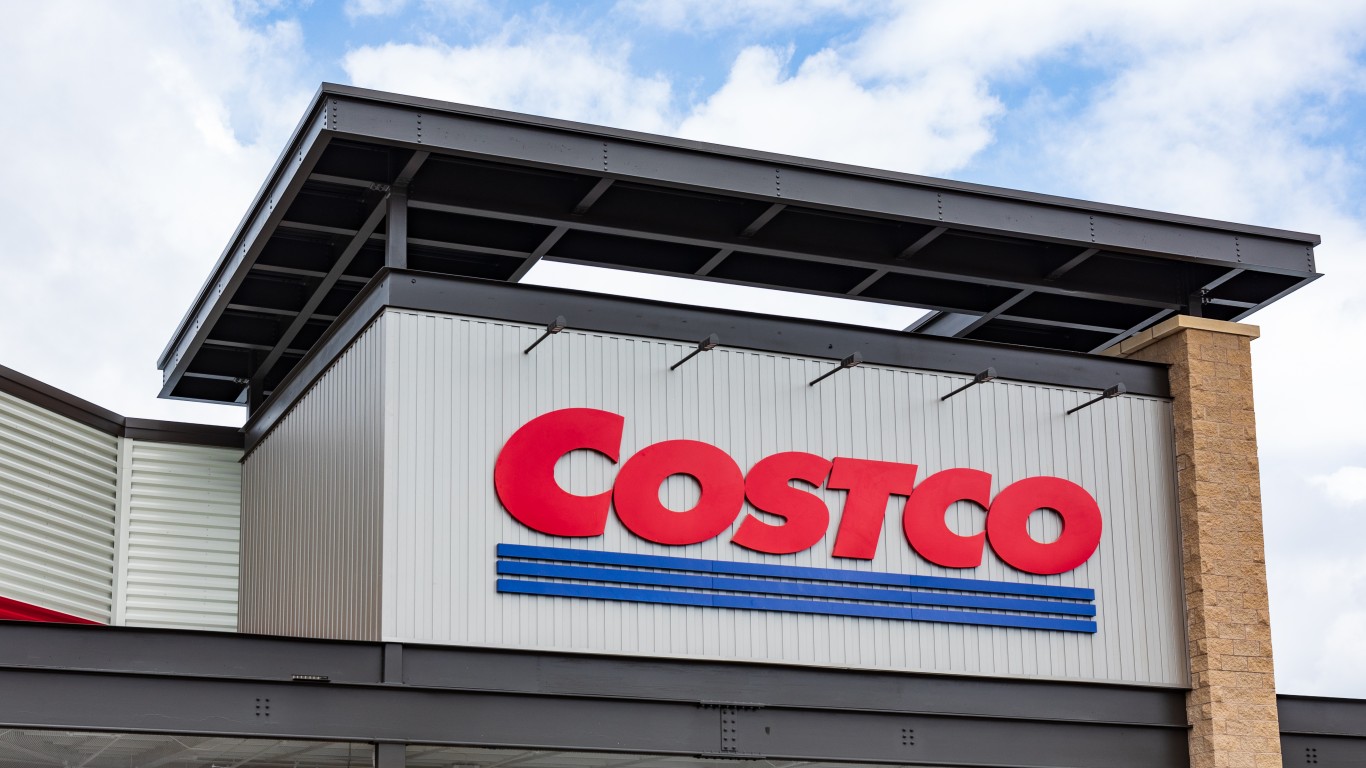 What Eddie Lampert put together in 2005 could be broken into pieces again, and that might be the only realistic way to “fix” Sears Holdings (NASDAQ: SHLD). Lampert engineered a merger of Sears and Kmart that year. It is all too well known that the company has been in a retreat in terms of store count and earnings for the past six years.
What Eddie Lampert put together in 2005 could be broken into pieces again, and that might be the only realistic way to “fix” Sears Holdings (NASDAQ: SHLD). Lampert engineered a merger of Sears and Kmart that year. It is all too well known that the company has been in a retreat in terms of store count and earnings for the past six years.
The question for Sears Holdings is how the breakup might be engineered and what the fate of the pieces would be.
S&P put Sears Holdings on Credit Watch with “negative implications.” Its opinion on the retailer is a low B long-term corporate credit rating. Sears cost of capital is bound to rise, which makes the retail conglomerate’s future even less tenable.
Sears exists in several pieces. The largest two are Kmart and Sears. Each has its own problems. Sales at Sears’ domestic business are falling rapidly — down 6% in the past eight weeks. Kmart’s sales are off 4.4% over the same period.
Kmart’s inventory is weighted toward apparel. Sears’ sales rely more on appliances. Each has to deal with different sets of marketing problems because of its different focus. Sears also has more specialty stores and fewer full-line stores than Kmart. This is in part to accommodate its automotive and appliance businesses. Kmart stores compete more with Walmart (NYSE: WMT) and Target (NYSE: TGT).
In addition to the two major store chains, Sears Holdings owns or has rights to a number of brands. These include Jaclyn Smith, Joe Boxer, County Living, Route 66, Smart Sense, Kenmore, Craftsman, DieHard and Lands’ End. There is no reason that these brands could not be licensed or sold to other retail companies.
Many American companies have had success managing multiple brands. Ford (NYSE: F) and General Motors (NYSE: GM) are examples. But these firms have pruned their brands and killed some, even though they are decades old. There is precedent among large American companies recently to discard or sell brands that cannot make money.
What company might buy either Sears or Kmart? Target, for one, would have to consider a bid. It is far enough behind Walmart that it might use the sales and store base of a Sears Holdings unit to close that gap. Costco (NASDAQ: COST) would have to look at some Kmart and Sears locations, although the big-box retailer tends to have more up-market customers. JCPenney (NYSE: JCP), which is struggling to keep pace with Macy’s (NYSE: M), could be a buyer of a brand or some portion of Sears or Kmart to regain lost ground.
Sears Holdings has not retained an investment bank or a major consulting firm, or at least it has not disclosed such an action. Now is the time to do so. The slide of the Sears Holdings properties has become inexorable.
Douglas A. McIntyre
Are You Ahead, or Behind on Retirement?
If you’re one of the over 4 Million Americans set to retire this year, you may want to pay attention. Many people have worked their whole lives preparing to retire without ever knowing the answer to the most important question: am I ahead, or behind on my goals?
Don’t make the same mistake. It’s an easy question to answer. A quick conversation with a financial advisor can help you unpack your savings, spending, and goals for your money. With Zoe Financial’s free matching tool, you can connect with trusted financial advisors in minutes.
Why wait? Click here to get started today!
Thank you for reading! Have some feedback for us?
Contact the 24/7 Wall St. editorial team.



